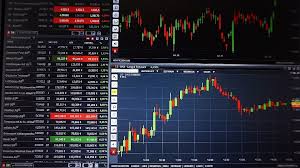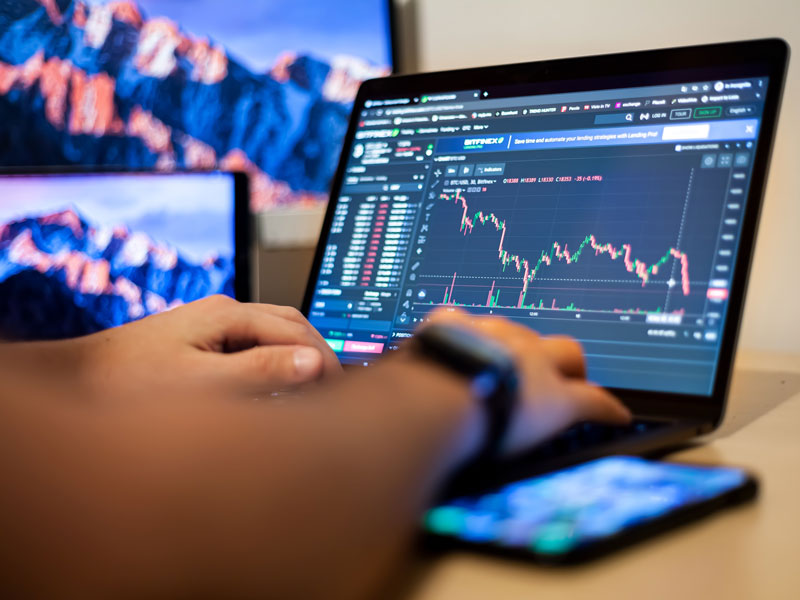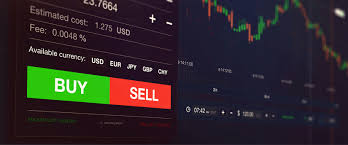
Maximizing Profit in Forex Trading: Strategies and Tips
Forex trading offers exciting opportunities for profit, but it also comes with its own set of challenges. To succeed in this dynamic market, traders must employ effective strategies and have a solid understanding of fundamental and technical analysis. In this article, we will explore various techniques to enhance your trading performance and ways to maximize your profit in forex trading. If you’re looking for reliable sources to elevate your trading journey, consider exploring forex trading profit Trading Platform QA.
Understanding Forex Trading
Forex trading, or foreign exchange trading, involves the buying and selling of currencies to profit from fluctuations in their exchange rates. Unlike stock trading that happens on centralized exchanges, forex trading is decentralized and takes place over-the-counter (OTC), meaning transactions occur directly between parties, usually via online trading platforms.
The Importance of a Trading Plan
A well-structured trading plan is essential for any forex trader. It acts as a roadmap that outlines trading goals, risk tolerance, and specific rules for entering and exiting trades. This plan should encompass:
- Objectives: Define your financial goals, including short-term and long-term targets.
- Risk Management: Determine how much capital you are willing to risk on each trade and set stop-loss levels accordingly.
- Trading Strategies: Identify the types of analysis you will use (fundamental, technical, or a combination) and the strategies you will implement.
Technical Analysis: Using Charts and Indicators

Technical analysis plays a crucial role in predicting market movements. Traders analyze price charts and use various indicators to identify potential trading opportunities. Here are some popular tools:
- Moving Averages: These help smooth out price action and identify trends over a specific period.
- Relative Strength Index (RSI): A momentum oscillator that measures the speed and change of price movements, helping traders identify overbought or oversold conditions.
- Fibonacci Retracement: A tool used to identify potential reversal levels based on the Fibonacci sequence.
Fundamental Analysis: The Economic Factors
While technical analysis focuses on price movements, fundamental analysis examines the economic factors influencing currency values. Traders should stay informed about:
- Economic indicators (GDP, employment data, inflation rates)
- Central bank policies and interest rates
- Geo-political events and their potential impact on currencies
Understanding these elements will enhance your trading decisions and lead to more informed entries and exits.
Risk Management: The Key to Longevity
Effective risk management is paramount in forex trading. No trader wins all the time, and maintaining a balance between risk and reward is essential. Here are some risk management strategies:
- Risk to Reward Ratio: Aim for a risk-to-reward ratio of at least 1:2, meaning for every dollar you risk, you aim to make two.
- Position Sizing: Adjust the size of your trades based on your account balance and the amount you are willing to risk.
- Use Stop-Loss Orders: Always set stop-loss orders to limit your potential losses on any trade.

Emotional Discipline: The Trader’s Mindset
Maintaining emotional discipline is crucial for long-term success in forex trading. Emotional trading can lead to impulsive decisions based on fear or greed. To combat this, traders should:
- Stick to your trading plan and avoid deviating from your predefined strategy.
- Implement relaxation techniques such as meditation or exercise to manage stress.
- Reflect on your trades—both wins and losses—to learn and improve continuously.
Continuous Learning and Adaptation
The forex market is constantly evolving, and successful traders commit to continuous learning. Stay updated with market news and emerging trends, and adapt your trading strategies accordingly. Consider enrolling in webinars, online courses, or reading books by experienced traders to sharpen your skills.
Leveraging Technology in Forex Trading
In today’s digital age, technology plays a pivotal role in forex trading. Utilizing advanced trading platforms can enhance your trading experience. Features such as algorithmic trading, market analysis tools, and mobile applications allow traders to stay connected and make informed decisions anytime, anywhere.
Conclusion
Maximizing profit in forex trading requires a combination of strategy, discipline, and continuous learning. Whether you are a novice or an experienced trader, implementing a solid trading plan, conducting thorough analysis, managing risks, and maintaining emotional control can set you on the path to success. Remember, the key to thriving in forex trading is not just about making profits but also about consistently making informed decisions. Embrace the journey, learn from your experiences, and enjoy the world of forex trading.
